Mr. President - George Washington and the Birth of a Nation (1789–1797)
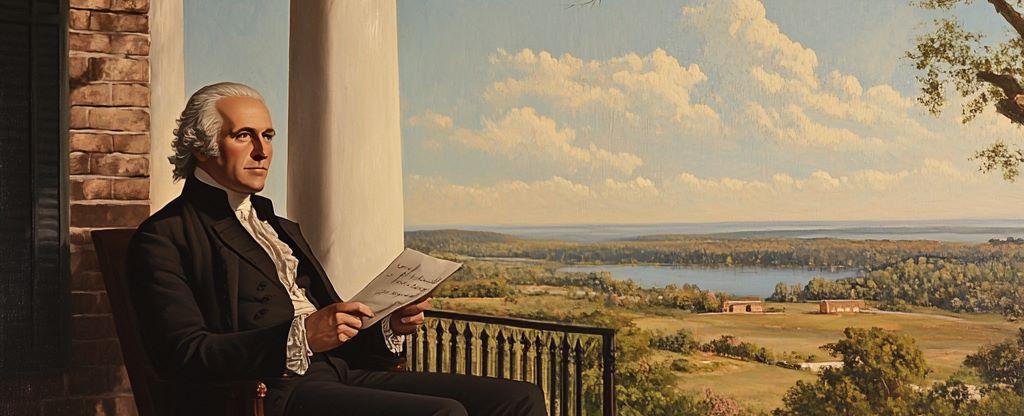
He didn’t ask for it. He didn’t campaign for it. But in 1789, George Washington answered the call of a fledgling nation that had no precedent, no real structure — and no one else the people could truly trust.
This is the story of how Washington, already a legend, became the first President of the United States — and how his leadership set the foundation for everything America would become.
A Reluctant Return to Power
After defeating the British and resigning his command, Washington had hoped to retire to Mount Vernon for good. But the Articles of Confederation had failed. The country was fractured. A new Constitution was in place… but it needed someone to breathe life into it.
In 1789, Washington was unanimously elected — again — to lead.

He didn’t want the job — but he accepted it out of duty.
The Inauguration in New York City
On April 30, 1789, Washington took the oath of office on the balcony of Federal Hall in New York City, the first capital of the United States.
He wore a simple brown suit and held his hand over a Bible borrowed from a local Masonic lodge. The crowd below roared as he said the final words: “So help me God.” A phrase not required, but added from his own conviction.
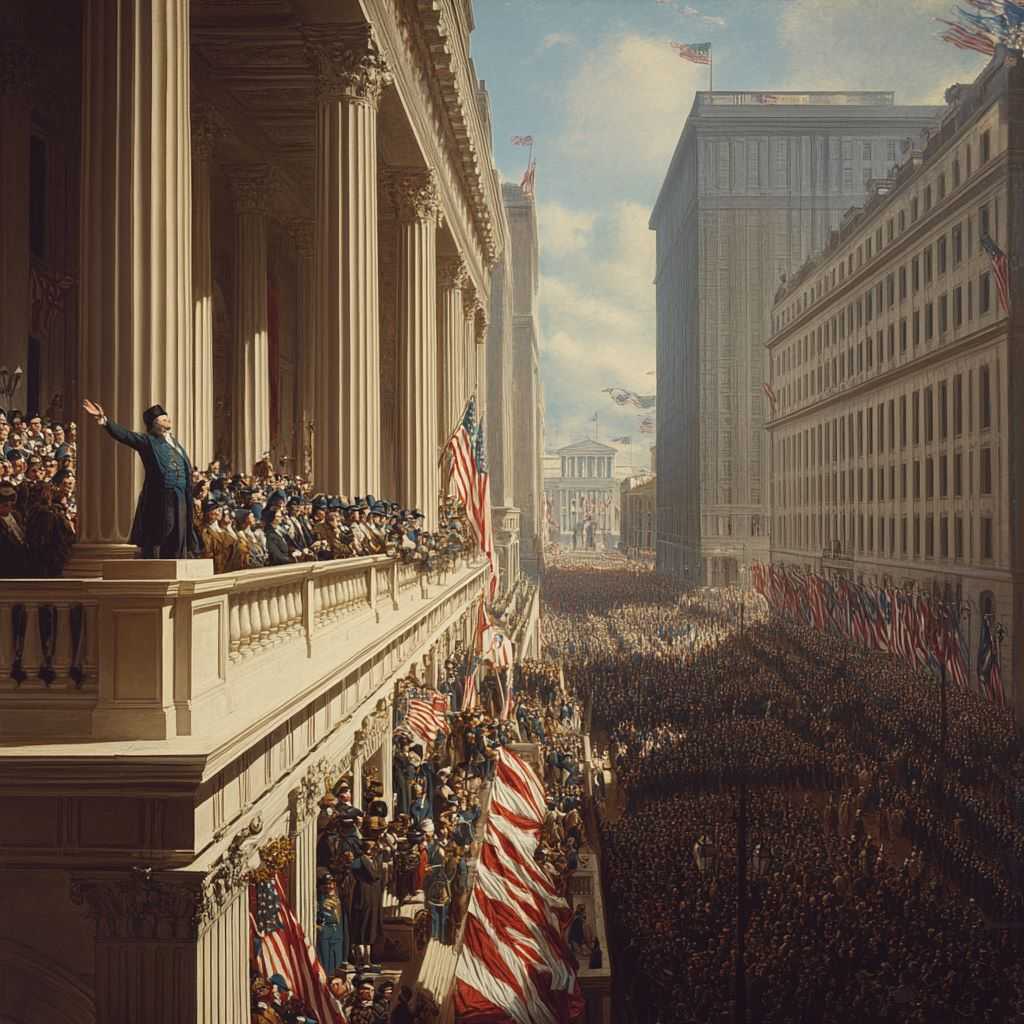
A republic had officially begun.
Leading Without a Blueprint
Washington’s presidency was filled with “firsts.” There were no protocols, no rules for how a president should behave. So he invented the office as he went — with restraint, dignity, and caution.
He established the Cabinet, choosing strong-minded advisors like Thomas Jefferson (Secretary of State) and Alexander Hamilton (Treasury). These two clashed constantly, but Washington kept them both — believing balance was the key to unity.
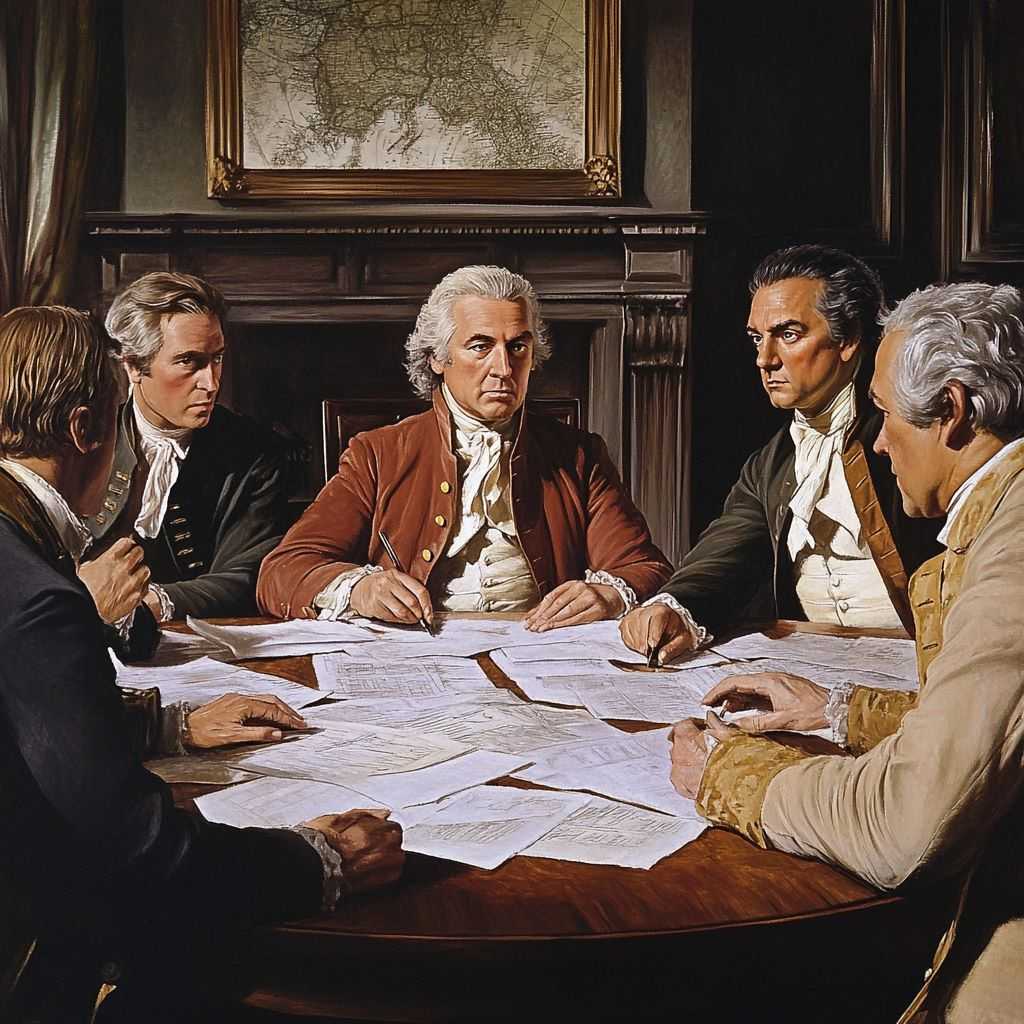
He knew every action he took would become a precedent.
The First Domestic Crisis: The Whiskey Rebellion
In 1791, Congress passed an excise tax on whiskey to help pay off war debts. Frontier farmers, especially in western Pennsylvania, were furious — many used whiskey as currency.
The protests escalated into the Whiskey Rebellion. For the first time, Washington had to decide how far federal power should go.
In a bold move, he personally led 13,000 troops to suppress the uprising — the only sitting U.S. president ever to do so.
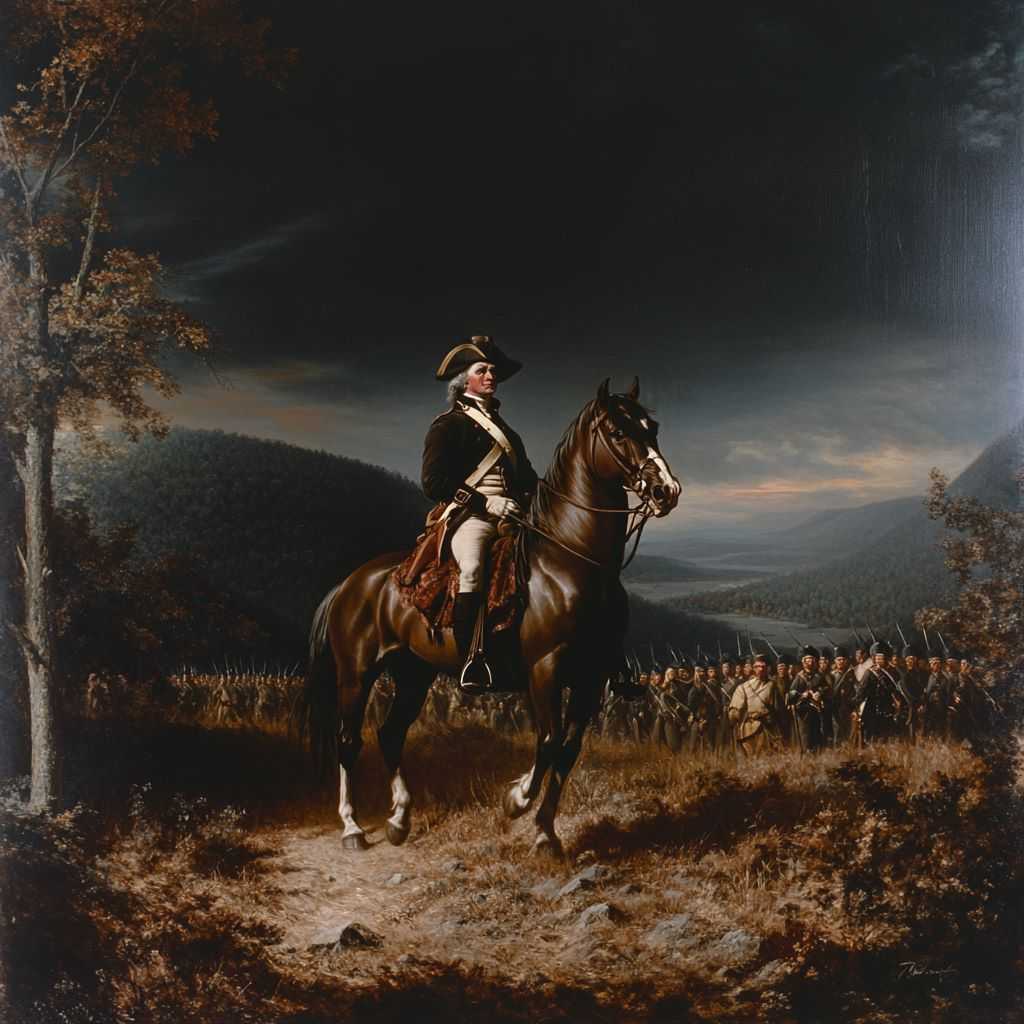
The rebellion fizzled out — and the Constitution passed its first major test.
Foreign Policy and the French Revolution Dilemma
Across the Atlantic, France — America’s revolutionary ally — erupted into its own bloody revolution. Many Americans wanted to support them.
But Washington, with Hamilton’s backing, chose neutrality. He believed the young nation couldn’t afford another war.
This angered Jefferson and the Francophile faction — but Washington stood firm. His Neutrality Proclamation of 1793 helped America stay stable during a time of global chaos.

The Jay Treaty and Political Storms
Washington’s Jay Treaty with Britain in 1795 prevented another war and secured trade routes — but it sparked intense backlash. Many saw it as too favorable to the British.
For the first time, Washington was heavily criticized in the press. Political parties began to form — Federalists vs. Democratic-Republicans — though Washington warned against them.
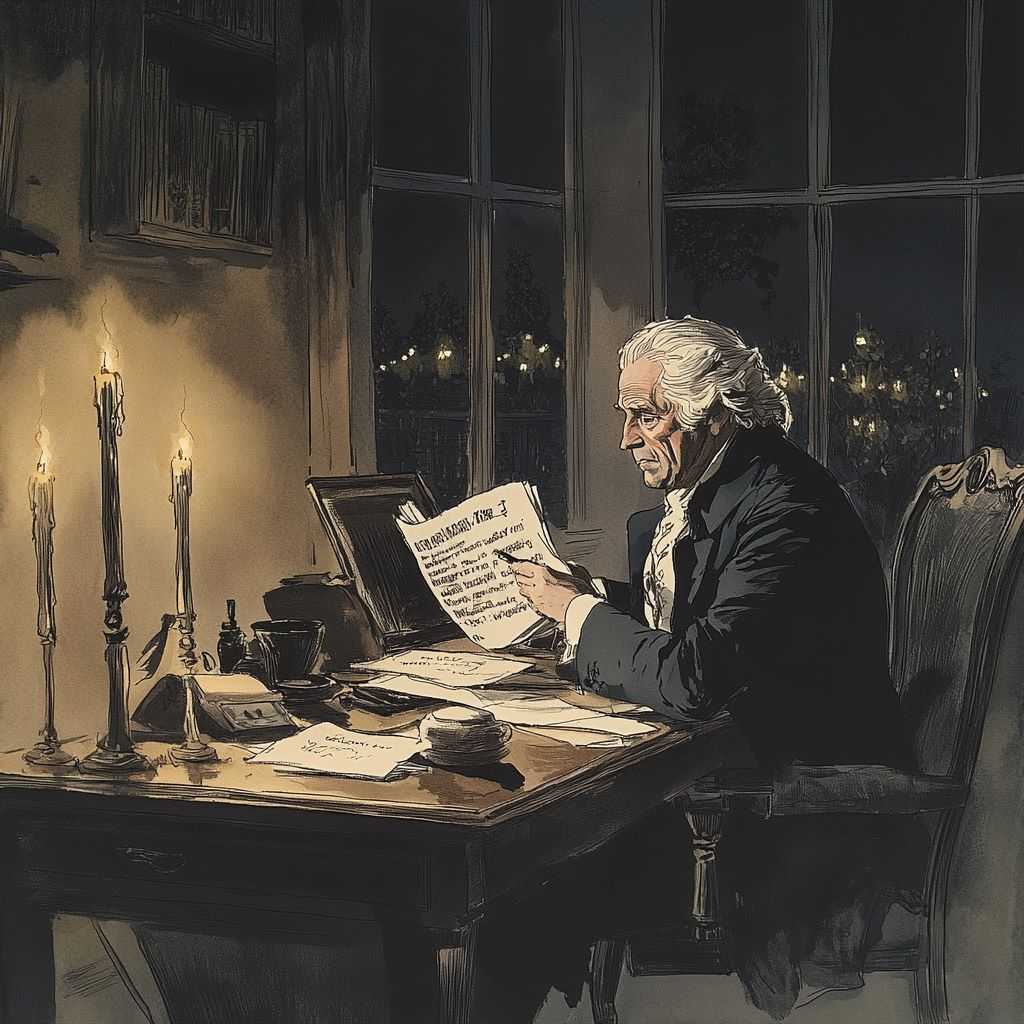
It stung. But he remained calm. Always the steady hand.
Two Terms, No More
In 1796, Washington shocked the country again — by refusing a third term. He wanted to prove that American leaders should never become monarchs.
His Farewell Address was more than a goodbye — it was a blueprint for the future. He warned against factionalism, foreign entanglements, and political tribalism.

He stepped down peacefully — the first time in modern history a leader had voluntarily given up power after victory.
A Farewell to the Presidency
In March 1797, Washington handed over power to John Adams. There were no riots, no coups, no royal heirs. Just a quiet, orderly transition.
It was an American miracle.
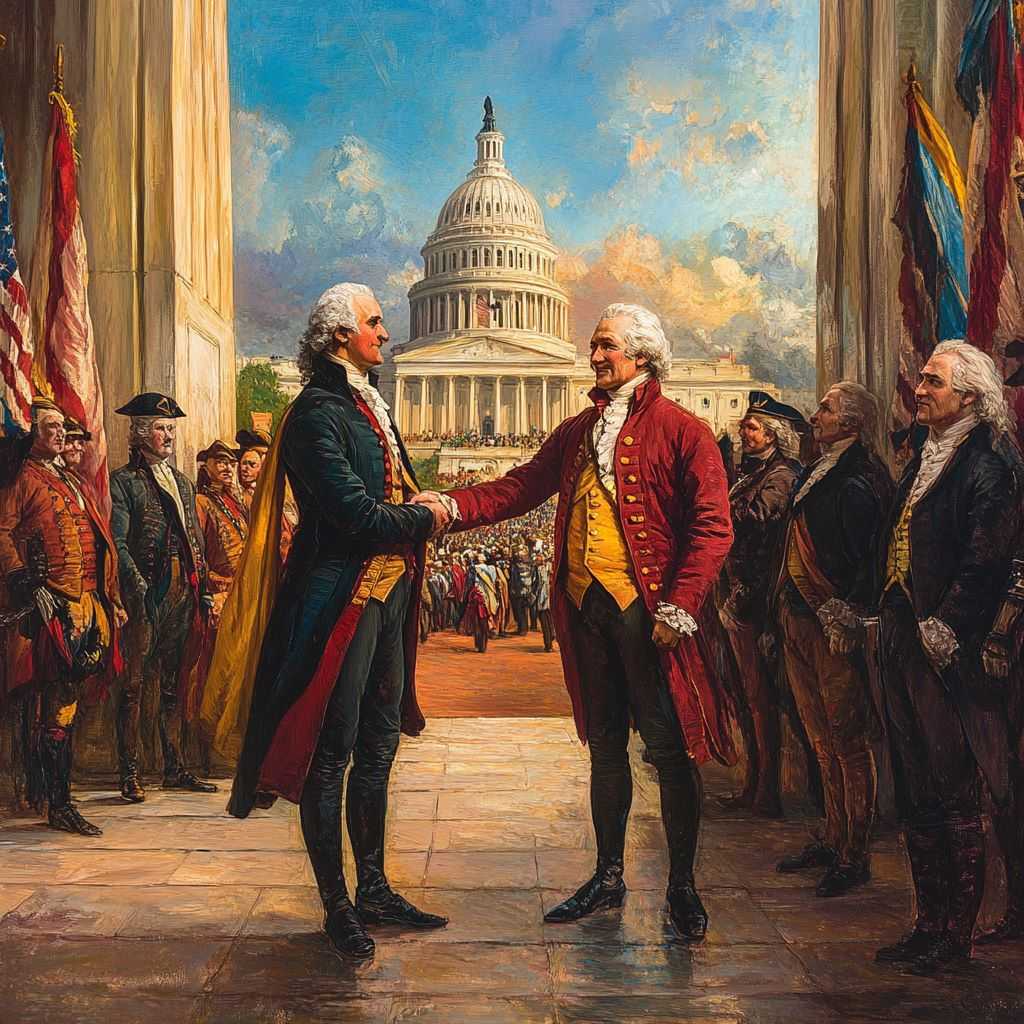
Conclusion: A Leader Above Power
George Washington didn’t just help birth a nation — he showed the world how to lead without ego. He resisted kingship, refused unchecked power, and believed in the people’s voice.
He created the presidency not by domination, but by humility, wisdom, and example.
And in doing so, he gave America more than freedom — he gave it a future.
